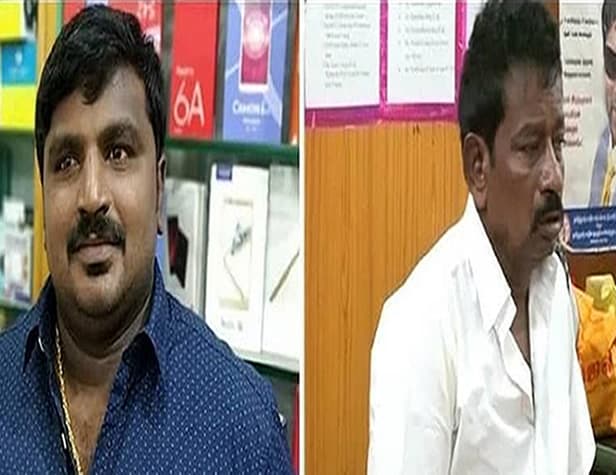Availability of vaccine impacts Covid-19 safety in India

Daily cases of Covid-19 infections as well as death toll keeps on rising in India. The deaths that are being reported are majorly due to lack of essential resources or delayed treatment of patients. The country is severely suffering from shortage of essential resources which led the government to believe that rapid vaccinations would be beneficial to tackle the issue.
It was seen in the last few weeks that the government took some major calls with regards to the vaccination program in India. One of the ways was to allow vaccination for those above 18 but what the authorities did not think beforehand was the availability of doses for such a huge population
According to a report in the Indian Express, nearly two-thirds of all dirstrics have reported an alarming dip in vaccination rates. The report raises a huge question over the efficiency of government handling the available doses and how those deprived of the doses will suffer in the coming future.
Related Posts
The first week of May saw the government impose strict regulations on as many as 306 districts, which were reporting a positivity rate of more than 20 percent. The state heads thought that these impositions will curb the rising number of cases and expand vaccination coverage so that the cycle of transmission is disturebed. But it did not happen that way.
The government did not realise that vaccination is only a limited commodity and announcing it to be open for the majority of the population will only make people struggle for doses. This was proved by another repost by the government where it was acknowledged that there is a glaring gap between the first and second doses of vaccines administered to people.
The new norms announced by the government from May 1 make it clear that there is a stark shortage of vaccine shots so much so that 67 percent of 306 districts, which is only half of India, are reporting decline in vaccination.
The problem remains the approach of the government. Even with strict impostions in many of these districts a complimentary aggressive approach for vaccination is not there. So no matter what norms or guidelines the government issues, the criteria towards ensuring safety is restricted to vaccines, which is running in shortage.
If the vaccination data is considered that from April to May, the country witnessed a decrease in the number of doses administered. From May, the government started distributing only 50 percent vaccine doses to the state and the rest remains a part of the open market. This is being touted as one of the major reasons why there is decline in vaccine administration.



